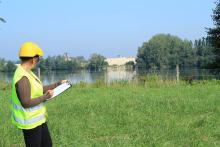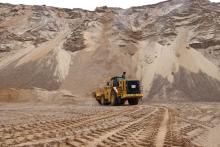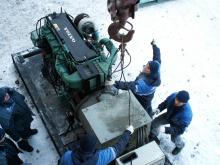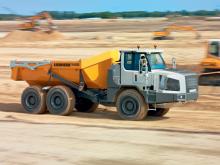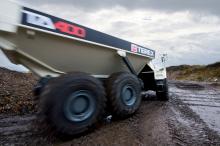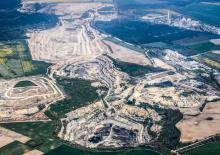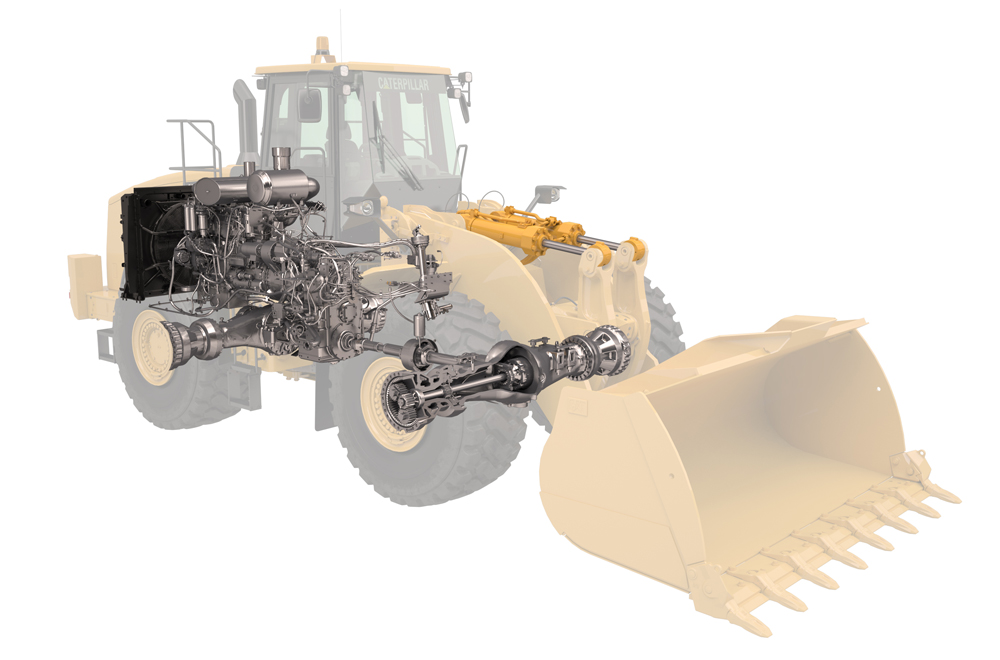
Quarrying vehicle operators around the world are increasingly looking into whether a rebuild is a viable option economically as an alternative to buying a new machine.
That is the view of Andrew Walker, certified rebuild specialist covering Europe, Africa, Middle East and Eurasia at manufacturer Caterpillar.
Rebuilding refers to a machine rebuild or a component rebuild (of a powertrain or engine). This is distinct from remanufacturing (or ‘reman’), which refers to the remanufacturing of parts, where customers have the choice to buy new parts or remanufactured parts.
Walker says that the ‘certified’ portion of a rebuild means the programme is endorsed by Caterpillar, although it is performed by dealers. The rebuilds take place in the dealer’s workshop and follow a set process that is defined by Cat. The dealer’s technicians are all trained to certain standards and its workshops are equipped with the relevant equipment in order to be able to perform the certified rebuild.
There are different levels of certified rebuilds. The CCR (Cat Certified Rebuild) involves the complete machine, where the machine is stripped down to its frame and everything is rebuilt around the frame. Every part is inspected, and Cat has re-use and salvage guidelines for dealers for more or less every component.
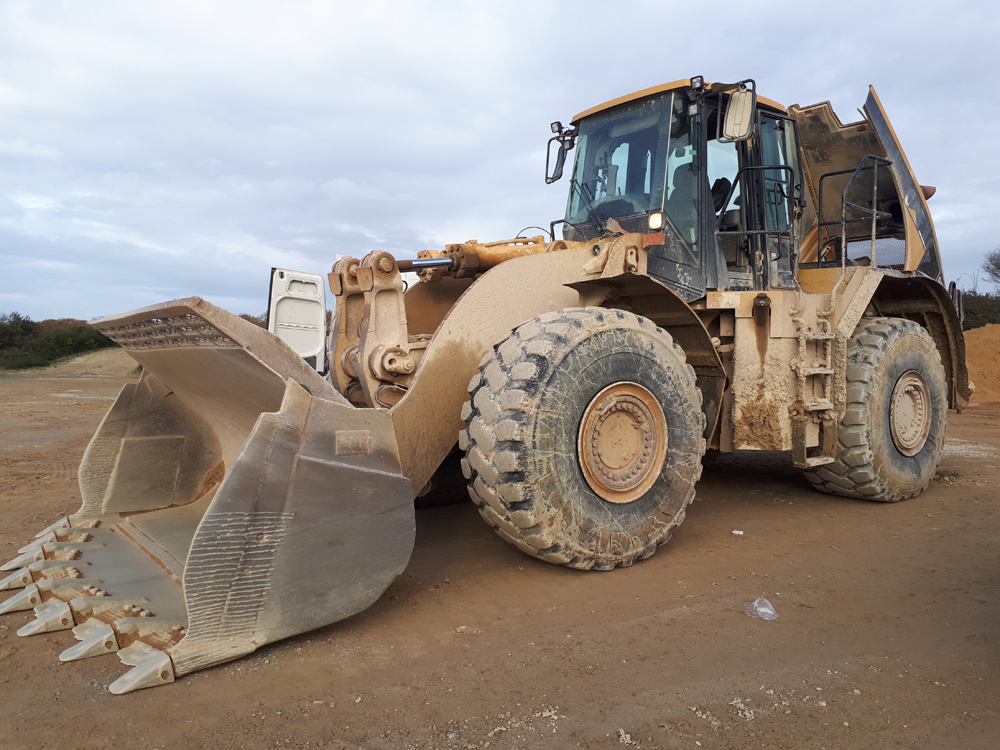
On average there are about 7,000 parts (from washers to cylinder heads) that are replaced as part of a CCR rebuild.
The next level is the CPT (Certified Power Train Rebuild) which is engine, torque conversion, transmission, and final drives. Then below that there is the CMCR (Caterpillar Machine Component Rebuild) where a customer can choose to rebuild only, for example, their engine, transmission or final drives.
In terms of the current major trends in the rebuild market, Walker says that these are taking place more frequently in customer behaviour rather than in the rebuilds themselves.
“More and more customers globally are looking into whether a rebuild is a viable option economically as an alternative to buying a new machine,” he says. “We see many customers target increased machine hours, multiple machine lives and lowering the total costs of ownership. We work a lot with customers to put together maintenance plans and rebuild strategies, and we find that those customers that are most successful in lowering total cost of ownership have those fleet management plans in place.”
He adds that medium to large wheeled loaders is where Cat sees the greatest demand for rebuilds among its quarrying and aggregates customers, followed by quarry trucks. When Cat machines are initially designed, part of the remit for the engineers is to make sure that the machine can be rebuilt for second or third lives.
“A lot of factors contribute to how long a machine life can be, including the application, the operator and the harshness of the environment,” says Walker. “I’ve seen engines rebuilt three or four times.”
There are two types of updates in rebuilds - required updates that are safety related and also productivity upgrades. A 20-year-old machine will not be compliant with the latest emissions standards, but it will be upgraded with all the available updates for the age of that machine. This effectively takes the machine back to ‘as new’ status. Typically, regulations such as the European Union’s Stage V engine emissions standards only apply to newly built machines.
The Cat Certified Rebuild programme was introduced nearly 35 years ago.
Going back ten years, Walker says that the programme was most successful in the more developed markets such as North America and Western Europe. Take-up has continued in those markets, but over the last five years there has been growth in other regions, particularly Russia, Africa and the Middle East.
He adds that cost is a big advantage for customers who opt for a rebuild. A complete rebuilt machine is typically between 50% to 60% of the cost of an equivalent new machine.
“There are other benefits,” says Walker. “Last week one of our dealers in Africa told me that their customers love the fact that they have 25-year-old machines that their operators know how to operate. They don’t need to buy the latest emission-compliant machine so, from an operator’s standpoint, they essentially get their old machine back but in brand new condition with all the product upgrades that have been required by Caterpillar for increases in productivity and fuel efficiency.”
The time a CCR rebuild takes depends on the size of the machine, but for a medium wheeled loader it can typically be anything from four to eight weeks.
Walker predicts that the rebuild market will continue to grow, as many customers are seeking to get more out of their existing fleet without having to invest in new equipment. He adds that fleet operators are looking to implement strategies in terms of maintenance and rebuild that will lower the operating costs over the life of a machine.
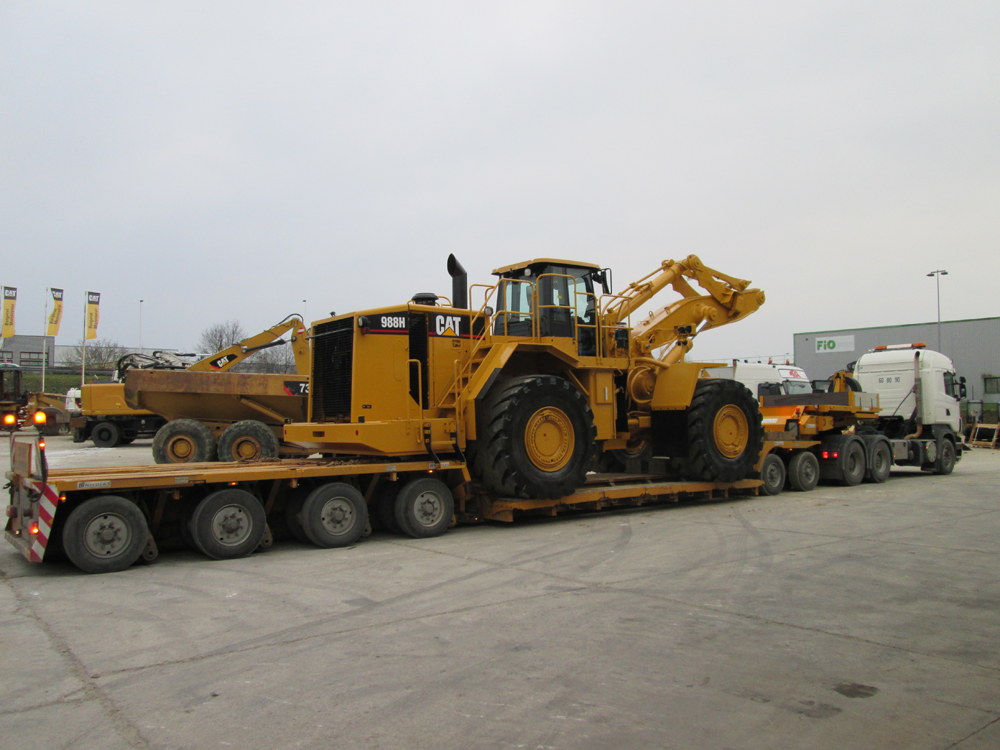
“In terms of innovations, we have leading-edge technologies today that will help our customers decide when is the right time to rebuild a machine,” says Walker. “We have our well-established S.O.S services programme that helps identify early signs of failure through routine fluid analysis, we have telematics, and have introduced more recently remote troubleshooting that analyses real-time asset data so the dealer can run diagnostics testing on the connected product and pinpoint potential issues. Condition monitoring and digital data give Cat dealers and customers more insight into when a machine might be ready for a rebuild, and planning is key with a rebuild.”
Telematics can be used to give information to Cat dealer product specialists. This can be warning signs – or ‘repair indicators’ – such as higher than normal oil consumption or fuel burn, and various other things that give an indication that a machine might be ready for a rebuild.
The number of certified rebuilds Cat does globally is in the thousands per year and are designed to essentially reset the machine’s life to new. If the machine had 20,000 hours on it at the first rebuild, the second life would be similar to that.
“The number of hours really varies by product type and application, but the point is that once you reset it to new you get the same life as you did the first time,” says Walker.
“When remanufactured parts exist they can use these as parts of a rebuild. That will be a discussion between the dealer and the customer as to what is the best option for a particular rebuild.”
On a CCR machine rebuild there is a one-year ‘like-new’ warranty, and on a CPT there is a one-year warranty on the whole powertrain.
Cat rebuilds have supporting Equipment Protection Plans (EPPs) that give the option to extend the standard one-year Certified Rebuild Warranty. These are plans that can be extended from 12 to 60 months and from 1,000 to 10,000 hours, depending on the machine, and are intended to give customers peace of mind.

